The New York City Metro is the largest in the world, with 469 stations and 34 lines. How was the unique underworld of New York created and what is it today?
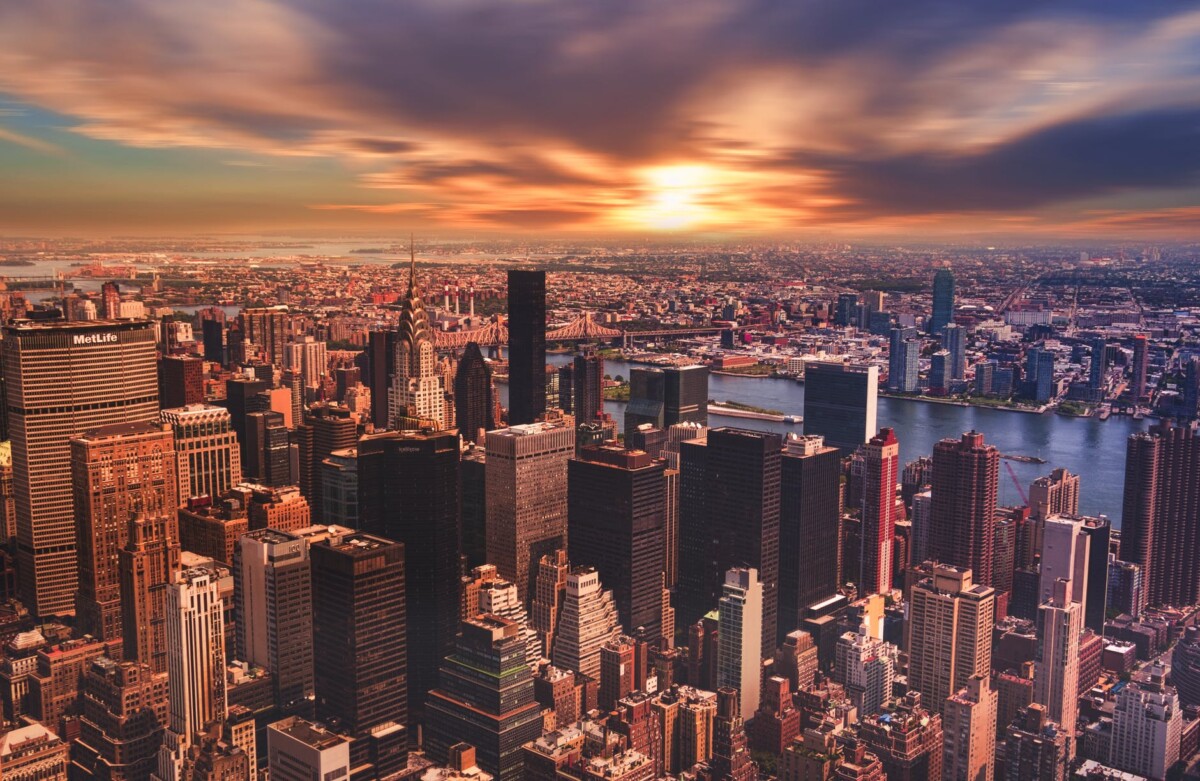
New York is rightfully at the top of the list of the most amazing cities in the world. He is grandiose in everything: magnificent skyscrapers, beautiful parks, interesting museums. But, along with the wonders of architecture, the attraction of New York is its subway – after all, the subway of this metropolis is the oldest, most branched, and most complex in the world! For New York, the subway is a “circulatory system”, without which this metropolis, significantly overloaded with transport, can simply “suffocate”.
The New York City Subway or New York City Subway is one of the oldest and longest transportation networks on our planet. The length of this underground and overground web is more than 1355 km.
The New York subway (this is the most popular name for the subway – although 40% of the tracks are surface) has 26 underground and elevated routes, which have a record number of stations – 468. It is also important to note the venerable age of the subway. Its history goes back almost a century and a half – after all, the New York subway was founded back in 1868.
It was then in New York that the first overground (on metal overpasses) city railway line was opened on a cable car. Over time, the New York subway system has been constantly improved. So, in 1871, the cable traction of the New York subway was replaced by a steam one, and already in 1890 – by an electric one. The beginning of the 20th century was the most important event for the New York subway – in 1904, the first underground station was opened.
But, not only the record length and the number of stations make the New York subway unique. Initially, the construction of the subway in New York was started by three competing companies, which later merged into a single network. This explains the fact that many of the 29 lines painted in 9 different colors on the subway map duplicate each other, and you can get from one place to the desired part of New York using the subway using completely different routes.
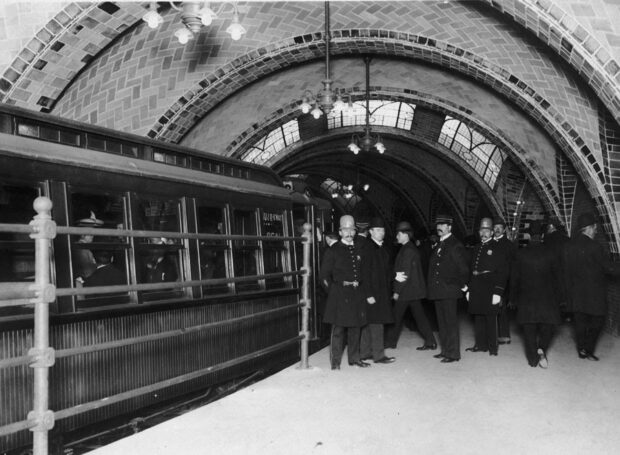
Also, the following circumstance can be attributed to the unusual features of the New York subway: some trains run along the route with all stops (that is, they are local or local “local trains”), while others stop only at junction stations – these are the so-called express trains.
At the same time, most local trains and express trains running on the same route have the same color on the diagram and differ only in certain signs. For example, on the express train, the train number in the form of a number or letter is taken in a rhombus, and on a local one – in a circle. But on this, the “mystery” of the New York subway is not limited.
It is imperative to take into account that trains of two, three, or even four lines can arrive on the same platform, and there is always the possibility of some route changes due to the fact that certain segments of this huge web are temporarily closed or for repairs, or for the weekend. But in any case, operating around the clock, 365 days a year, equipped with comfortable air-conditioned carriages, the New York subway is the most reliable and fastest way to move around the crowded metropolis.
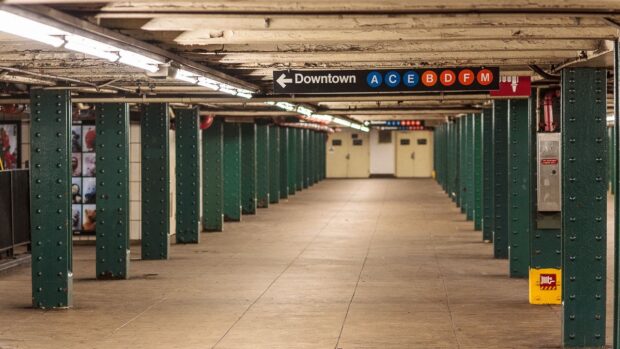
However, Billboard is in a hurry to debunk this myth and tells how things really are.
The official opening of the metro in New York took place on October 27, 1904, this subway system is considered one of the oldest in the world and deservedly so. At that time, New York, just like now, was one of the largest cultural, social, and economic centers in the United States. The city developed rapidly, annually receiving a large number of people from other countries, who invariably came in search of a better life. The transport issue very soon came to the fore.
The designer of the first prototype of the New York subway was Alfred Beach, who created a kind of wooden pipe through which he proposed to start rails and start transporting people. It looked, from a modern point of view, rather strange, but for that time it was obvious progress and an extraordinary step forward. The idea was realized and it was such a tunnel that was built in New York with the expectation of carrying 22 passengers at a time.
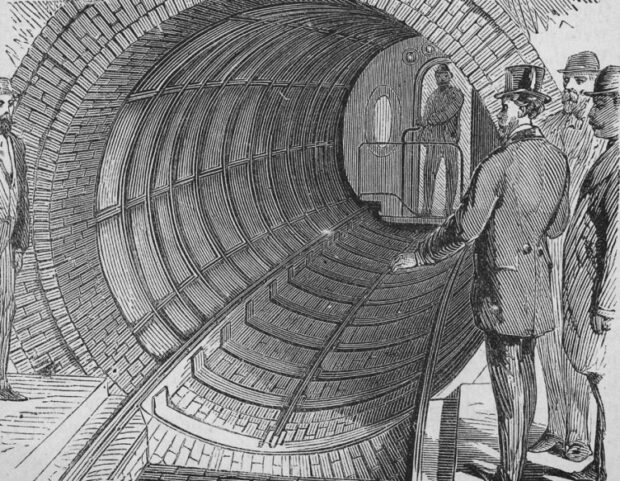
The number of trips grew all the time, however, this project was not destined to receive its similar continuation. The economic crisis made its own adjustments to the plans of the government of the country and the city, so the project was temporarily frozen until the only pneumatic station burned out due to a combination of various circumstances.
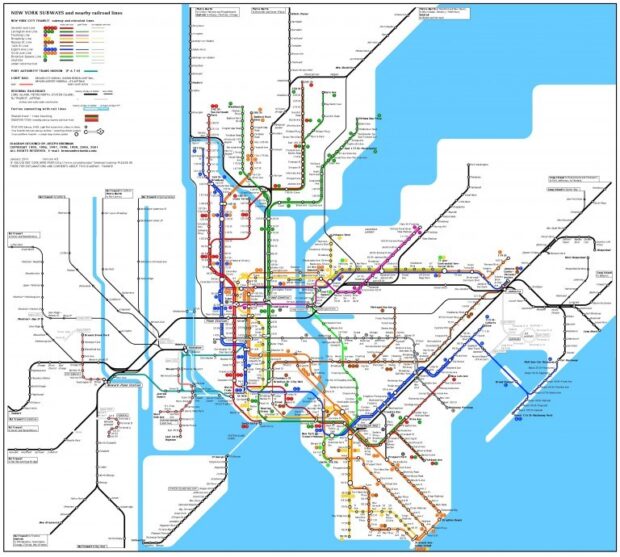
The main engineering innovation of this project was the conviction of its author of the need to electrify the metro. At that time, it seemed almost impossible, but safer and more economical.
In the process of creating the first tunnels, many problems arose. Geological studies were carried out, which revealed difficulties in the underground relief of the city, because of this, Parsons had to adjust the construction plan more than once, the terms were stretched, there were no technologies that were relevant today, and many accidents occurred.
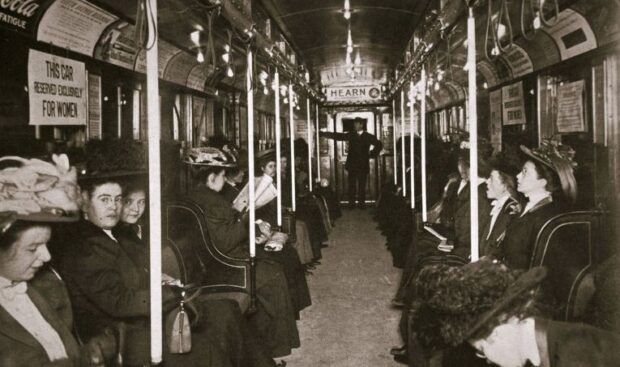
Today the first station (CityHall) is not in use, as it no longer meets the standards of use and transportation.
Very often, tourists wonder why some have a literal meaning, and some have a digital meaning? The answer is simple and prosaic. During the next phase of the metro’s construction, its expansion in an age of industrial advancement and experimentation, an increase in the number of construction technologies, and economic recovery, there were several companies that wanted to sign an agreement with the city and carry out construction in order to replenish their own assets. However, the city entered into agreements with various competing companies that, in principle, did not want to compromise. Thus, the IRT routes from the first to the ninth do not intersect with the others and have a different system of calculation and designation.
In the post-war period and to this day, one company, the Metropolitan Transportation Authority (MTA), is engaged in the construction and quality control of transportation in the New York subway.
The New York City subway is constantly evolving and has an extremely rich history. For 110 years, the network has become huge and bears its banner with dignity. Contrary to many images from movies and music, this subway in the last 30 years of its existence is not a trash can, it is regularly cleaned and in general, the level of comfort is good there.
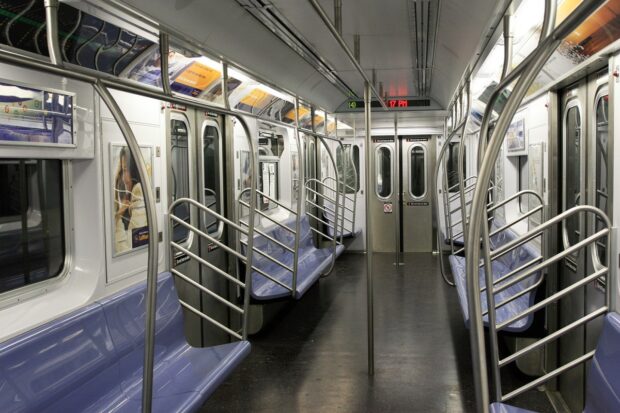
The New York Underground operates around the clock, unlike stations in most other cities, which are closed at night and the stations are much closer to each other.
If you, while walking around the city, accidentally pass the metro station, then nothing bad will happen, the number of changes will not depress you and you will not waste a huge amount of time looking for the next station.
Like us on Facebook for more stories like this: